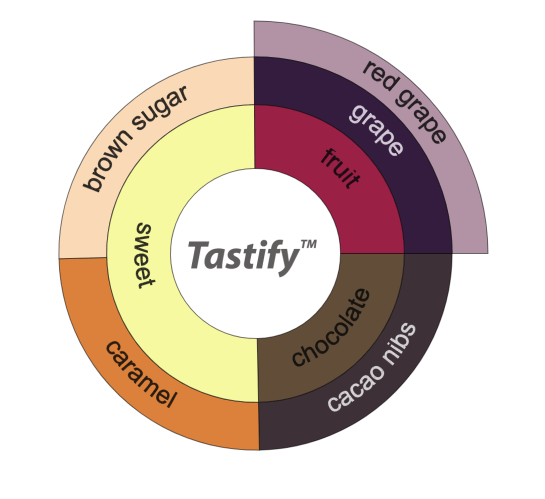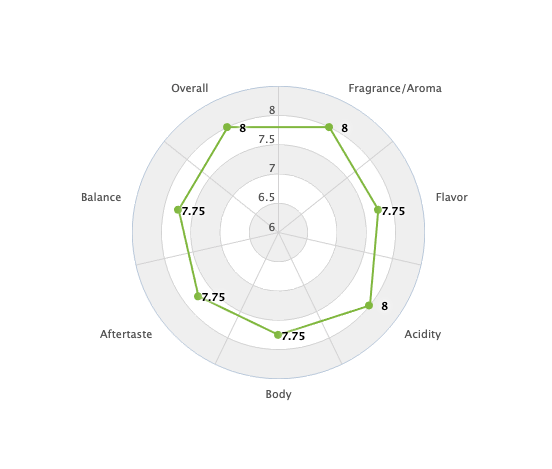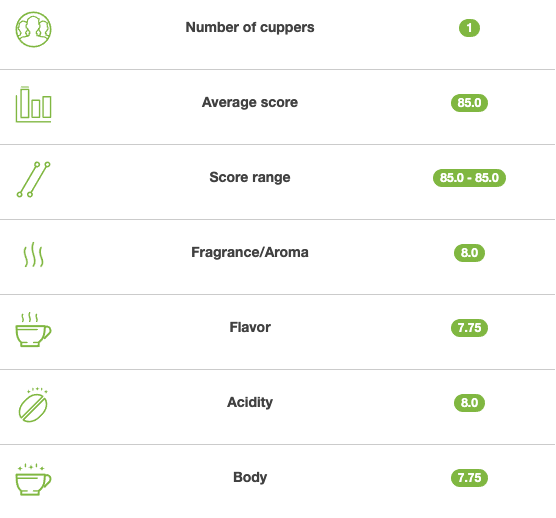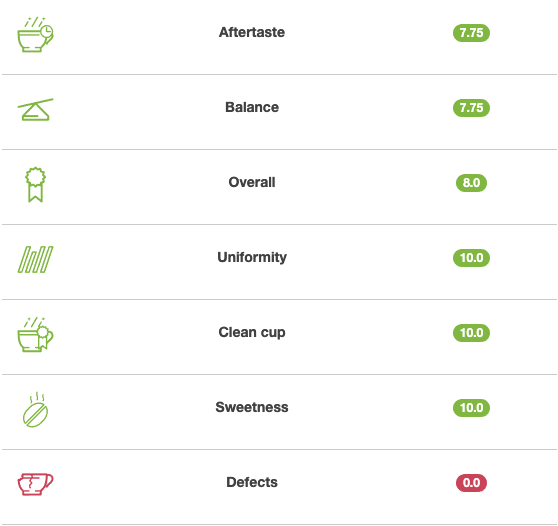“People I know bring their kids to private schools and feed them only organic food but are unaware that the coffee they drink cause poverty and child labour”
Marly van den Boom
ITS BIZARRE
Its almost impossible to comprehend that an industry bigger than that of gold with companies literally distributing billions of profit to their shareholders, push 5,5 million coffee farmers below poverty level. Its more easy to understand this poverty is the root cause of child labour.
Moyee never looked away for the potential of child labour in thei value chain. Moyee’s focus is to work with the poorest farmers to get them from poverty to profitable farmers and it would be naïf to think that there are no child labour risks. That’s why Moyee was were happy to take the stage during the latest “Taking Next Steps” conference organized by the Dutch Government and the International Labour Organization to sign the pledge to carry out actions for the eradication of child labour and forced labour in their supply chain.
And since Moyee is about word and not actions and it became my task to work on a plan.
Let me talk you through some of the mechanisms that lead to the occurrence of child labour within supply chains.
If you dont have time for that than just look at this 2 minute video 🙂
A BROKEN CHAIN
The main reason that child labour happens within supply chains is because the chain is simply broken, not transparent and is designed to only benefit a few. To give an example, big coffee corporations often have very little transparency within their supply chains. These supply chains are messy and consumers do not know where their coffee comes from. A survey among 200 people showed that 70% did not know the origin of their coffee. Let alone that they are aware of child labour happens within this supply chain!
Over the centuries, multinationals have become masters in the art of selling premium products at colossal profits – products made largely from valuable commodities sourced at rock-bottom prices in developing countries.
This system of buying low and selling high makes it virtually impossible for developing economies to grow. Even countries blessed with valuable commodities like coffee, cocoa and tea really have no prospect of ever catching up. Development aid attempts to compensate for this imbalance, with the negative side effect that it actually masks the problem. In 2018, Ethiopia received approximately $4.9 billion in development aid, which is about $1.9 billion more than in 2015. 95% of coffee in Ethiopia is grown by smallholders living below poverty level. Gobally 5,5 million coffeefarmers live below poverty of which 1 million live in Ethiopia!
maybe not all value chains can be shortend but for sure they can be made more transparent. Showing who earns what is a startingpoint of the discusion.
As you can see from the diagram on the right, which explains generic coffee value chains, there are a lot of different steps executed by many different parties. A logical conclusion from this chaotic table is that no one really knows anyone in the chain. You could comprehend that if there is so much confusion, it is not easy to check whether all labour involved is completely child free and/or fair.
Obviously its in BigCoffee’s interenst that this non transparency remain.
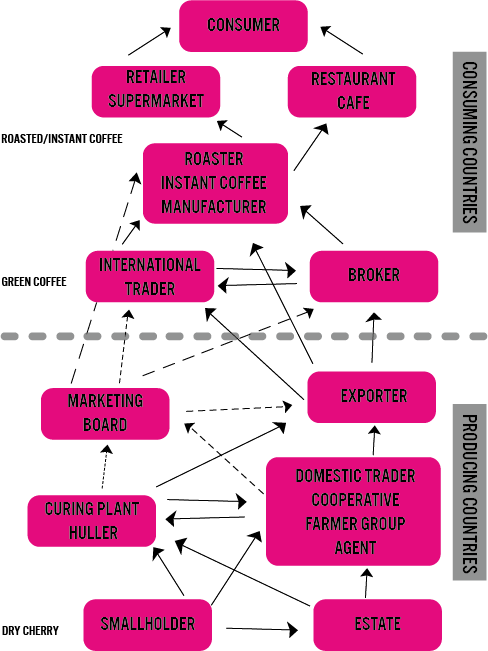
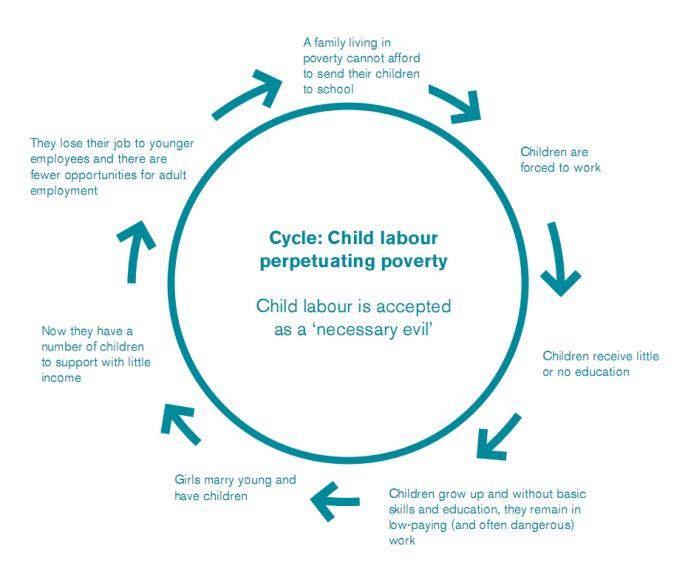
A VICIOUS CYCLE OF POVERTY
Coffee farmers are trapped in a vicious cycle of poverty.
Eliminating child labour is an important facet of the ILO’s work. Child labour not only prevents children from acquiring the skills and education they need for a better future, it also perpetuates poverty and affects national economies through losses in competitiveness, productivity and potential income. Withdrawing children from child labour, providing them with education and assisting their families with training and employment opportunities contribute directly to creating decent work for adults.
Offcourse Moyee comits to the ILO goals but to get there is not that easy. Stay tuned for our latest impact report in which Moyee will tell what was done and achieved
SIZE OF FARM AND POVERTY
2 million small farmers in Ethiopia have insufficient land resources to help lift them out of poverty; they have only 0.5 hectares of land at their disposal to grow coffee as a cash crop, due to structural national failures in land reform. Such households are destined to stay unprofitable and vulnerable to various risks.
YIELD, PRODUCTIVITY AND QUALITY PROBLEMS
Farms have underperforming yields (181 kg green beans / ha) and low quality due to limited access to inputs and services, in addition to poor management practices. There is limited incentive to invest time & money in own farms, due to free but low-quality extension services and trainings offered by the public or NGOs, which have dramatically low adoption rates. The relation between yields, income, food provision and hunger/malnutrition are not recognized by smallholder farmers. Inadequate participation of women and ambitious youth in the smallholder agricultural sector further aggravates the problem and leads to an agricultural sector that fails to combat Ethiopia’s rural poverty in addition to underperforming both productively and financially.
ACCESS TO FINANCE AND TECHNOLOGY
Knowledge of proper bookkeeping and financial literacy rates are low, which makes the majority of small farmers unbankable, unaware of their production costs, unable to calculate previous and future yields and limits proper planning based on farm data. Lack of digitalization and traceability limits farmer access to market.
POOR OR LACKING INFRASTRUCTURE
Low quality or non-existent infrastructure (i.e. roads, wet-mills, adequate storage facilities) are the main barriers in accessing markets. Lack of reliably stored supply of quality coffee at times of high demand creates a supply chain bottleneck. When investments are made in wet-mills, storage & roasting facilities – the chain segments where the greatest value is added – ownership & profits are not shared with farmers.
CLIMATE CHANGE
The growth of coffee is very dependent on a specific climate. Too hot and the plants will die, too cold and the plants will not grow at all. There is a very specific altitude in which coffee grows. Because of climate change, many families are forced to migrate to higher altitudes or other locations as a whole. Because of climate uncertainties, there is also income uncertainty. Children are again utilized to seek employment in other sectors in order to secure income.
THE SOLUTION
In Ethiopia, driven by a search for good quality coffee and potential to achieve positive impact in communities in need, Moyee founds itself working in a very difficult socio-economic context, with strong family, cultural and religious traditions. The progress with traditional yield increase interventions and good agricultural practices is slow. As a result, together with local authorities and coffee chain stakeholders, FairChain decided to create and implement an integrated approach.
A Living-Income Roadmap and a Theory of Change were designed, and extensive data on each family was collected. Based on these, interventions are being planned, with a development focus, in different areas, such as: nutrition and food security, healthcare, WASH, gender, youth, child labor, resilience, diversification, off-farm jobs and skills training.
Want to know more about how we provide a living income for farmers? Our blog on living income is coming soon! And stay tuned as Moyee will soon launch its latest impact report..
